
Top Three Things to Do in Panama City, Panama
- Take a Tour with Victor at LocalinPTY. What he’s doing is in line with textbook community building and reminded me of how we do it in Special Forces (and at GORUCK). More on this below.
- Go eat at Lo Que Hay. It’s the best restaurant in town, a local gem.
- See the Canal with your own two eyes. Even better if you read the book prior. You only need a couple hours to do this. (See the canal that is, the book may take a little longer.)
The fourth would be just to explore, on foot, and see what happens. But that advice goes for just about everywhere.
Victor’s Tour – Local In PTY

It’s not often that I travel somewhere, take a local tour, and say that it reminds me of the community building doctrine that I was taught as a Green Beret, that we applied in war and that we use at GORUCK to build and strengthen communities. But that’s exactly what happened when a bunch of us traveled to Panama City and took a tour with Victor, a local entrepreneur who is from Panama and takes people into parts of Panama City they might not otherwise see. Em and I typically just do this on our own or with our friends, but this time we wanted to give it a shot. The tour was more than a tour, it was a window into what he’s doing in his hometown (which was my initial draw, via his IG page, to begin with).
Panama City’s past is littered with gangs, violence, and war. Panama’s economy has seen an uptick and gentrification is everywhere, including in some of the most impoverished parts of town.
Our Goals for Victor’s Tour
- Area Familiarization. If you’re going to be in a place for a while, you need to explore it with your own two feet and your own two eyes. This is the only way to really start to understand a place.
- Local Point of Contact. If you spend time with a local, they can become a resource for your questions. In this case, Victor stayed in touch our whole trip and offered up a lot of good advice on other places to go (Lo Que Hay), things not to do (don’t take a long tour of the Canal).
- See things we couldn’t see on our own. A local has access and placement we don’t. His tour should be unique and provide exposure to something, a side of the city’s people that we could or would not have otherwise met. This is where Victor excelled.
Full disclosure, I typically hate tours. They go too slow (the pace of humanity is not for me), they go to the same old spots everyone else does, there’s not much in the way of local knowledge imparted. I hate feeling like cattle.
What intrigued me about Victor’s tour was it was just him, his IG feed is gritty and unpolished with real people, and his philosophy on the importance of supporting the locals to empower future growth for the next generation (and this generation) is right in line with how I approach community building as well. Namely because it works.
So here are a few highlights
- Panama hats – the real story. Depending on how they’re worn, they indicate the mood and even the status of the wearer. Looking for the ladies? Front brim up and smile big is your mating call (yes, seriously). The Panama hat worn by Teddy Roosevelt and popularized in souvenir shops much of the country (and world) over is not what locals consider the true Panamanian hat.
- “Sal Si Puede” aka “Leave if you can” street – with a picture of hometown hero and former World Champion boxer Roberto Durán. Victor explained that gang life is way down now, but that they start young. 12 years old or so, and it’s not abnormal for gang members to be retired at 18 or 20. Gangs are named after cartoons like Tiny Toons or infamous conflict areas like Iraq and Vietnam. With gentrification and increased economic options, gang violence is way down.

- Mario. Known as the guy who fixes any hat. Some of them new go for $500-$1000 (did you know this?), buying another new one is not an option.
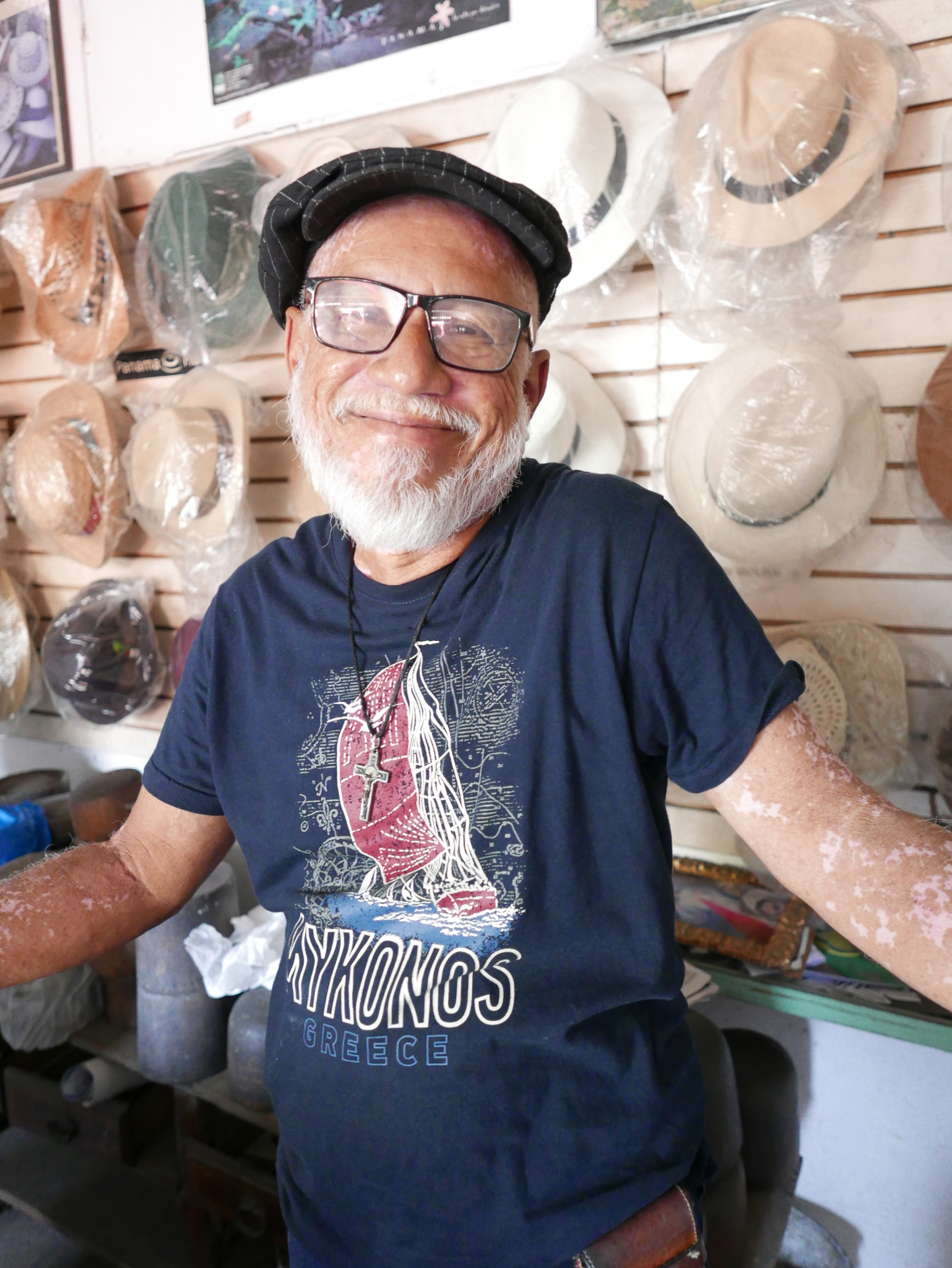
- Dios es Color. They like to paint a lot here, it makes the place a lot more livable and fun to be around. When you walk around more, you see more of the parts of town that are not curated for your arrival. In this case, we saw that color is a part of people’s daily lives no matter where they live in town.

- Dominos in the park. If you’re invited, play. But don’t expect to beat the locals, they’re the experts. Just try to keep your name off the loser board.

- The stop into the police station. We talked about how they monitor the gangs (officers have specific Areas of Operations and know where the lines are drawn for each gang). It reminded me of how we approach these kinds of matters in warzones. You have to know who is controlling what turf to start to identify options for how to make improvements.
- Victor’s Barber. This was obviously not your typical tour when the guide stops for a ten minute haircut, you get to chat with his barber about the town, and then he plays you a local song on the guitar. It was hot anyway, I’ll go get a case of cold beer across the street and we’ll take a break.
- Street Ceviche. Choose wisely where you get street food. If the guide won’t eat it, you definitely shouldn’t either. Full disclosure it was really close to the fish market, they had multiple refrigerators, and Emily had no issues afterwards except to say it was great.
- Roberto Durán’s boxing gym. He’s a former heavyweight champion of the world and this is where he trained and grew up. He’s a local hero, there’s graffiti all over town with his likeness. Victor pointed out the hotel where Robert De Niro stayed when he was filming Hands of Stone. None of that would have happened if he hadn’t put in the work in this gym.
- Beers at some local hangout. Interesting stuff on the walls, beers were a fraction of what they cost in the touristy part of town. Good times.
Community Building Take-aways
Victor displays all the traits of a great community builder, his tours are a part but not all of his role in town:
- Presence implies interest. He is literally walking the streets day after day, week after week, talking to people, asking them what’s going on in their lives. Building bridges across cultures and within his own city.
- Support the local economy. Go to a local barber, get to know them. Support the local restaurants (not just the chains or 7Elevens), get to know who is doing what and support your friends. It makes spending money feel a lot better when you know the value it provides someone else.
- Support the local kids. There is nothing so endearing as when someone provides real value to your kids. After school programs, English and yoga classes, you name it. Victor is doing all of this. In the long run, which is the only way to really build community (it takes time), these kids grow up and they will return the favor to the next generation. That’s how communities endure, by passing down the values that its people hold dear.
- Empower and get buy-in from local authorities. He teaches a bunch of kids at the police station in El Chorrillo among other things, English. Security and police officers are the frontlines not only of law enforcement, but intelligence. Their job is to be out and about as well, in the neighborhood, so they learn what “normal” looks like for a neighborhood. This is important so that you know what deviations look like, which is a signal that something different (and not always good) might happen. Sharing intel with each other keeps everyone safer.
- Be nice. People are more likely to trust you, to want to work with you, if you’re nice. You’ll go further and people will refer you to others, like I’m doing here.

SAFETY
The tour happened in the morning, which is the best time to explore any part of town you might find questionable — less criminal activity, less booze, fewer drugs, etc. all lead to less risk of being targeted. And by exploration I mean more than just a drive-by in a taxi or only walking down the middle of the most heavily populated areas, which in some ways can be safer (and more boring).

But there’s no real exploration in that. You have to take the side streets, a few back alleys. You have to talk to the locals and see how they live with your own two eyes to really understand how they live, and that’s where your head and heart expand.
A few tips on finding a guide (or exploring by yourself)
- Choose a local guide carefully, and tell them what your expectations are. Most guides out there have a stock tour, it moves at the pace of humanity or slower, and you won’t love it.
- Explore unknown and questionable places during the daytime. As a foreigner, more parts of town are questionable for you, but daytime is almost always safer. As the sun comes up, the good people of the world are waking up and going about their lives. They mean you no harm — this is a majority of people everywhere. At breakfast and even lunchtime there’s less booze and fewer drugs in the criminals’ system, which means they’re less likely to target you. Don’t stay too late, don’t drink a ton, and don’t get stuck.
- Rideshares like Uber can’t always save you, lots of cabbies are corrupt (we were advised NOT to take cabs in town here). Get out of dodge if you start to notice a change in mood that you don’t like.
- Men are more dangerous than women. I’m 100% profiling here, I know. But if you see one group, then another, of men or boys who look like they’re up to no good, drinking on a corner, possible weapons — it’s time to go to a different part of town now.
- If people seem angry, leave.
- If there’s a riot or protest, leave. Those have the potential to go sideways fast.
- If something looks like it’s gonna fall apart, let it be. Lots of places don’t even have codes let alone build to them.
- If you’re invited to play dominos, accept.
- If you’re invited to street ceviche (raw-ish fish), make sure they have a fridge on site, and follow a local’s lead. You’re still rolling the dice, but more power to you.
- You’re in their country. Getting offended is a bad idea.
- If you have a couple minutes, stop and have a cold one, or a hot cup of coffee, and watch the world go by.
- If you make new friends, stay in touch.

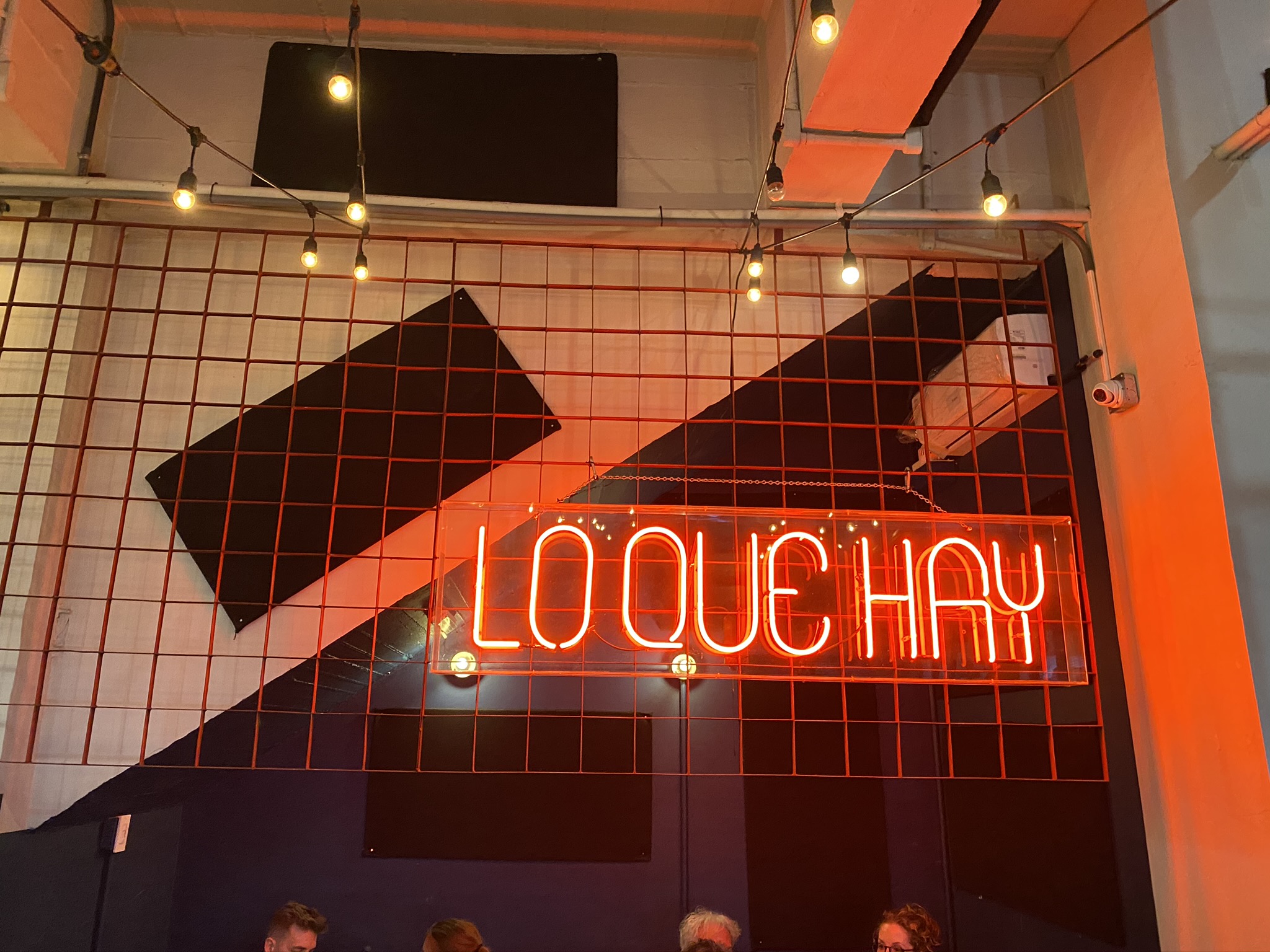





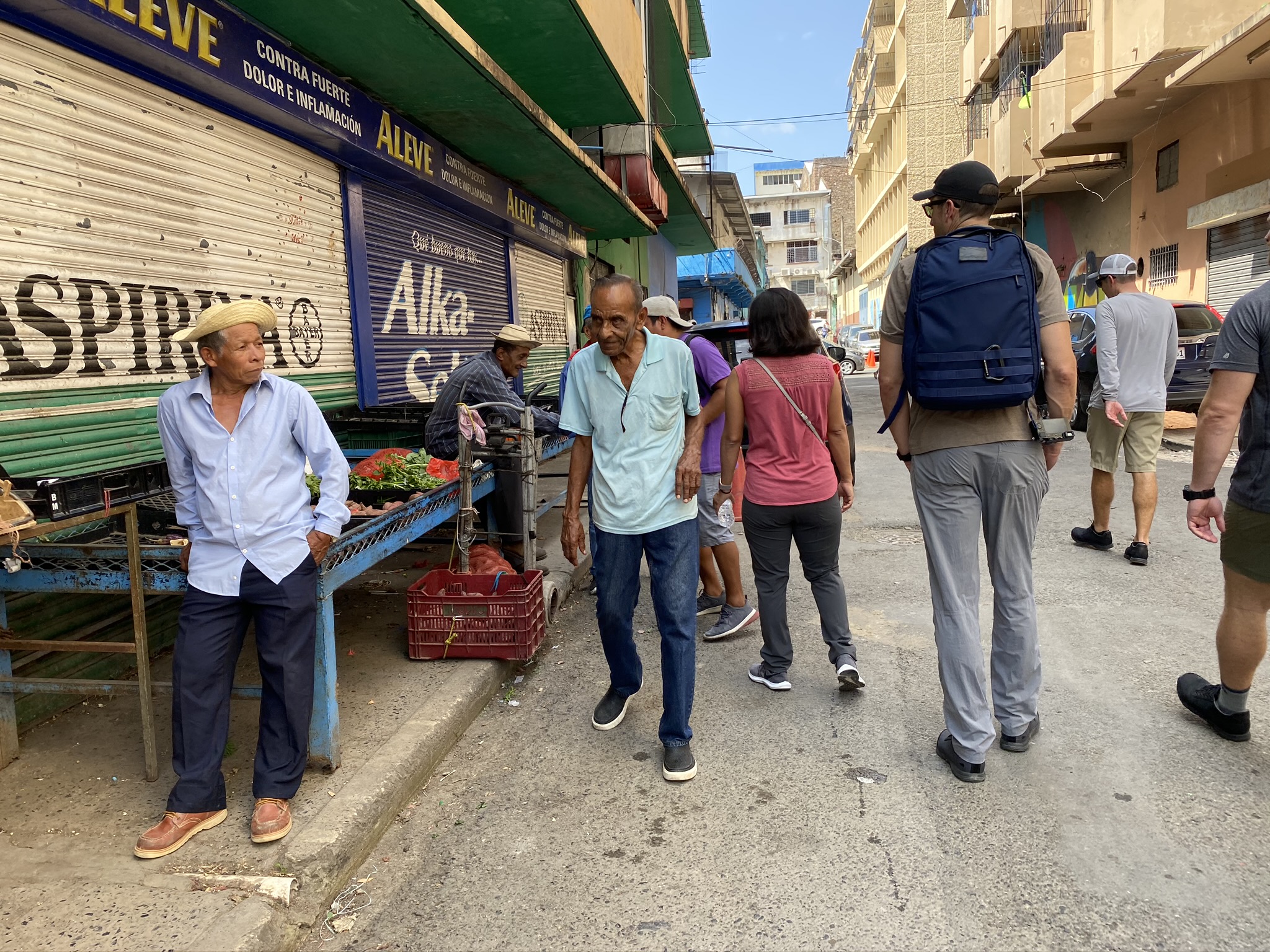

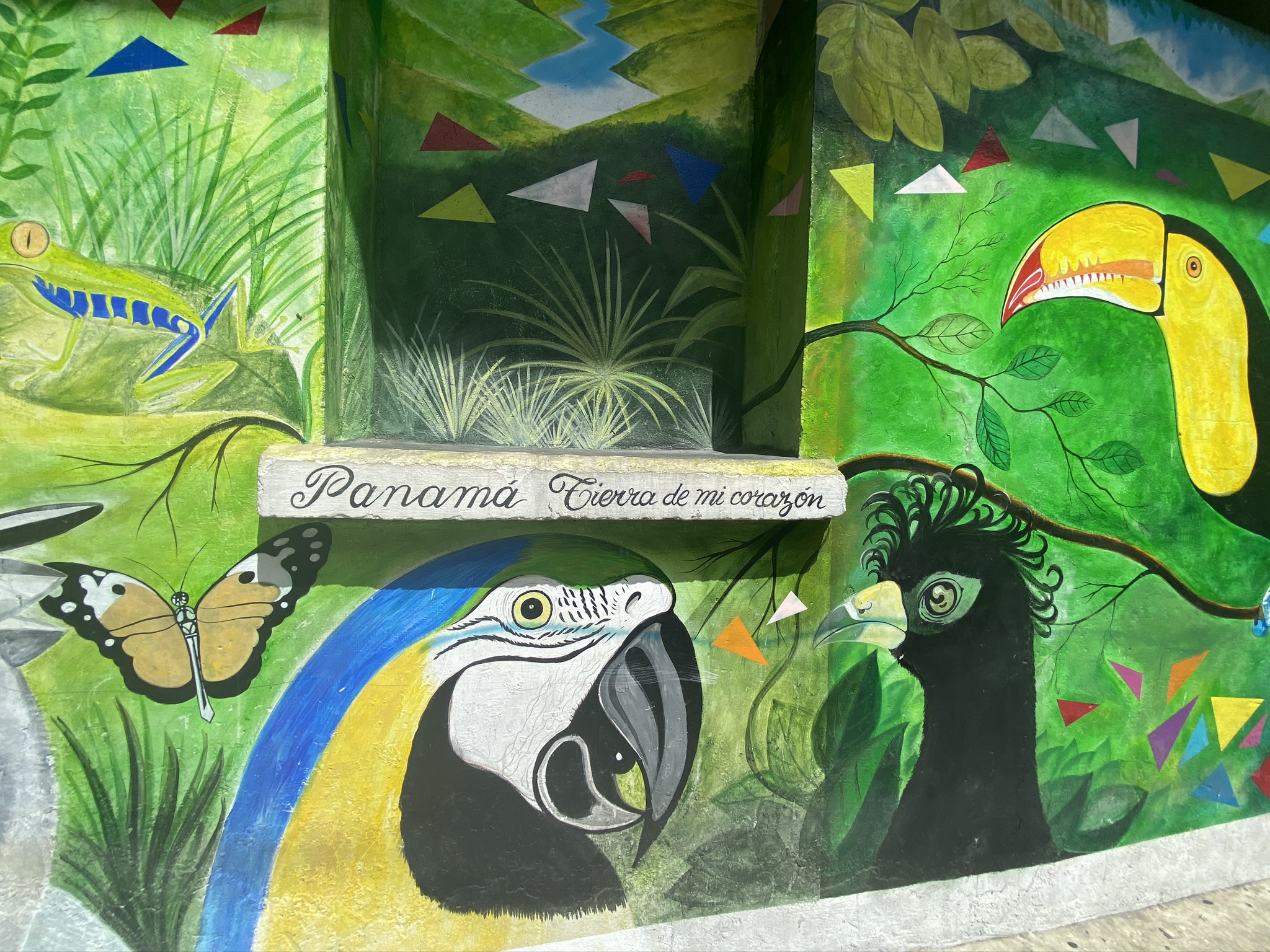
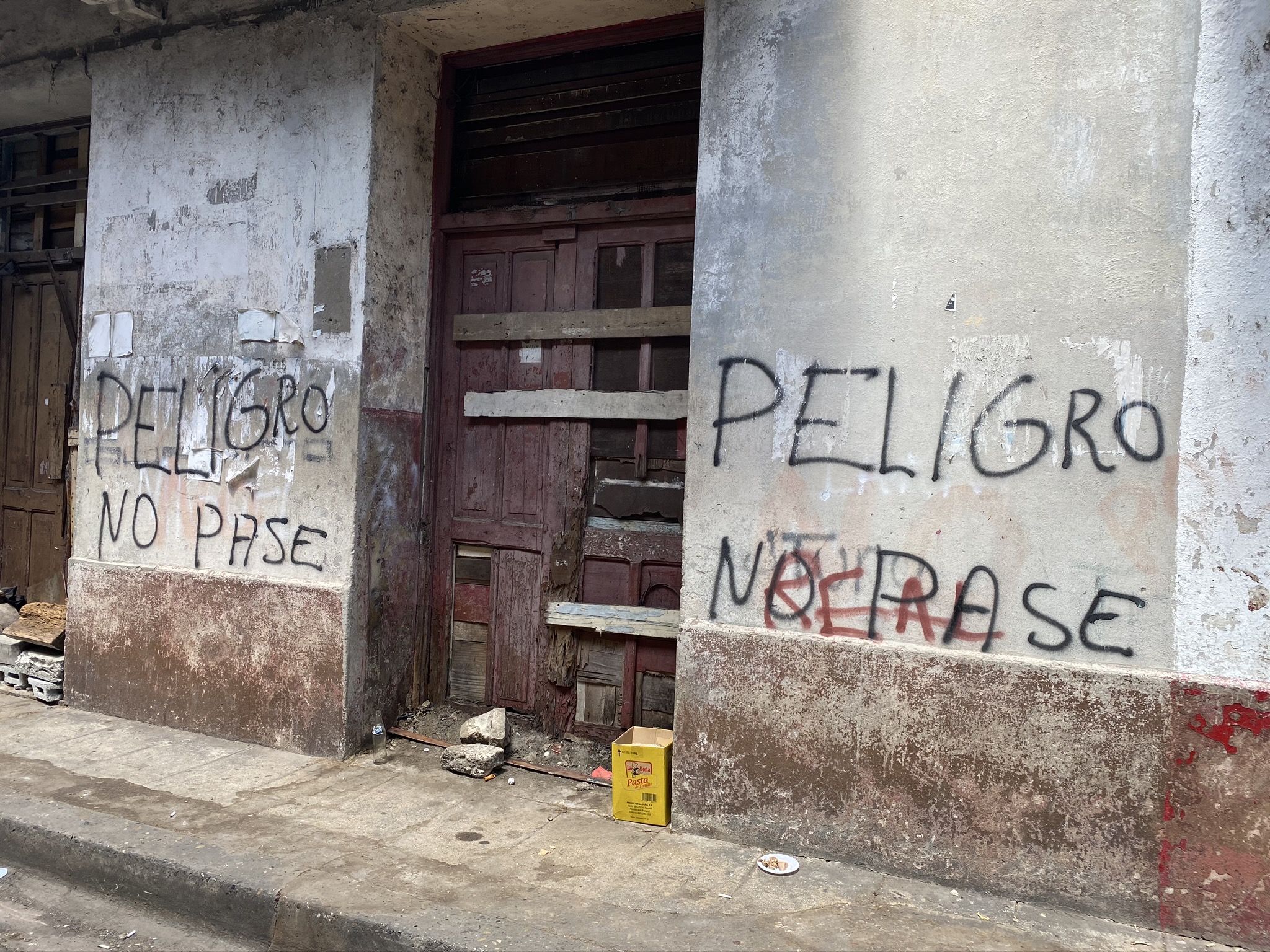
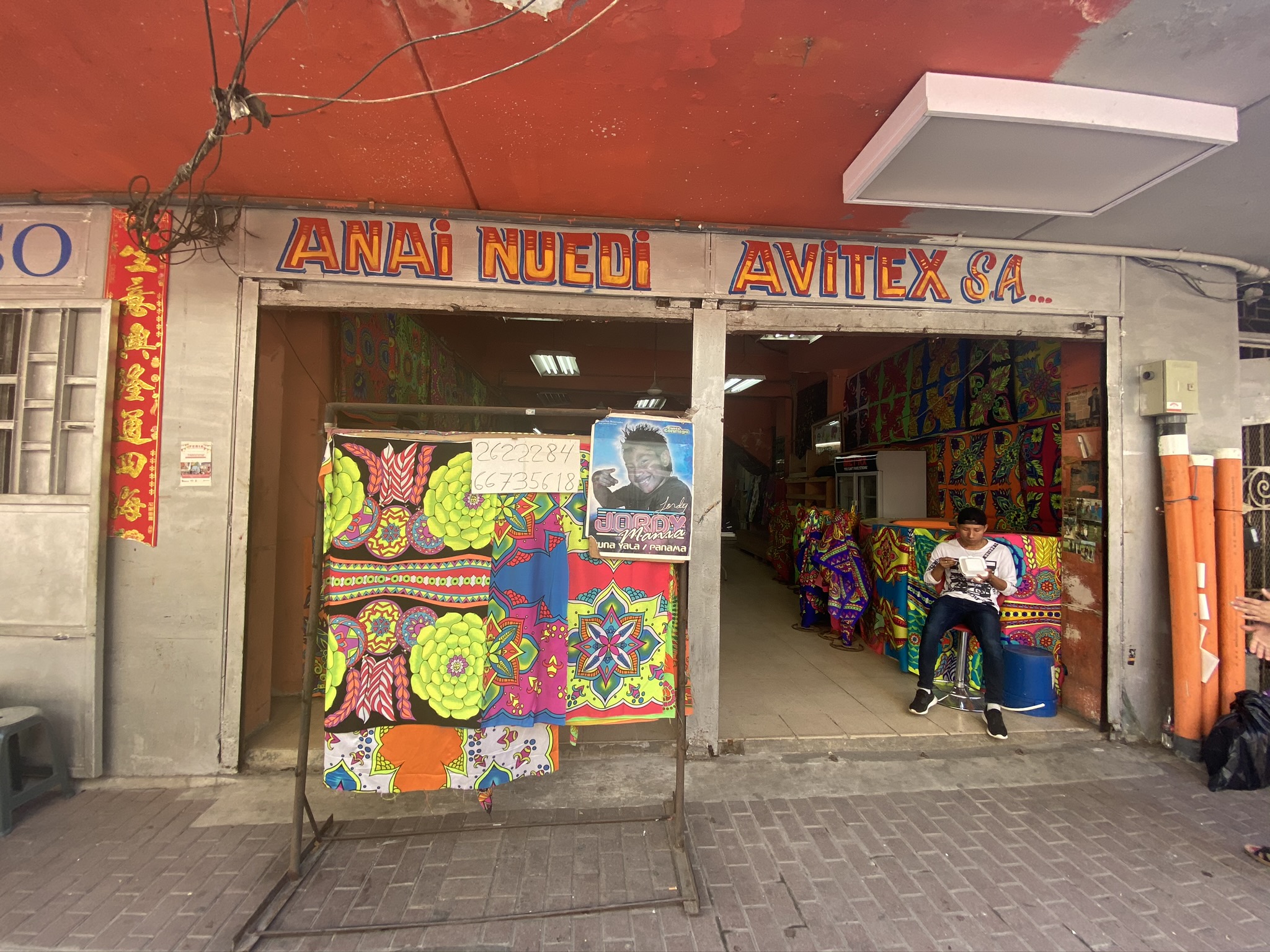




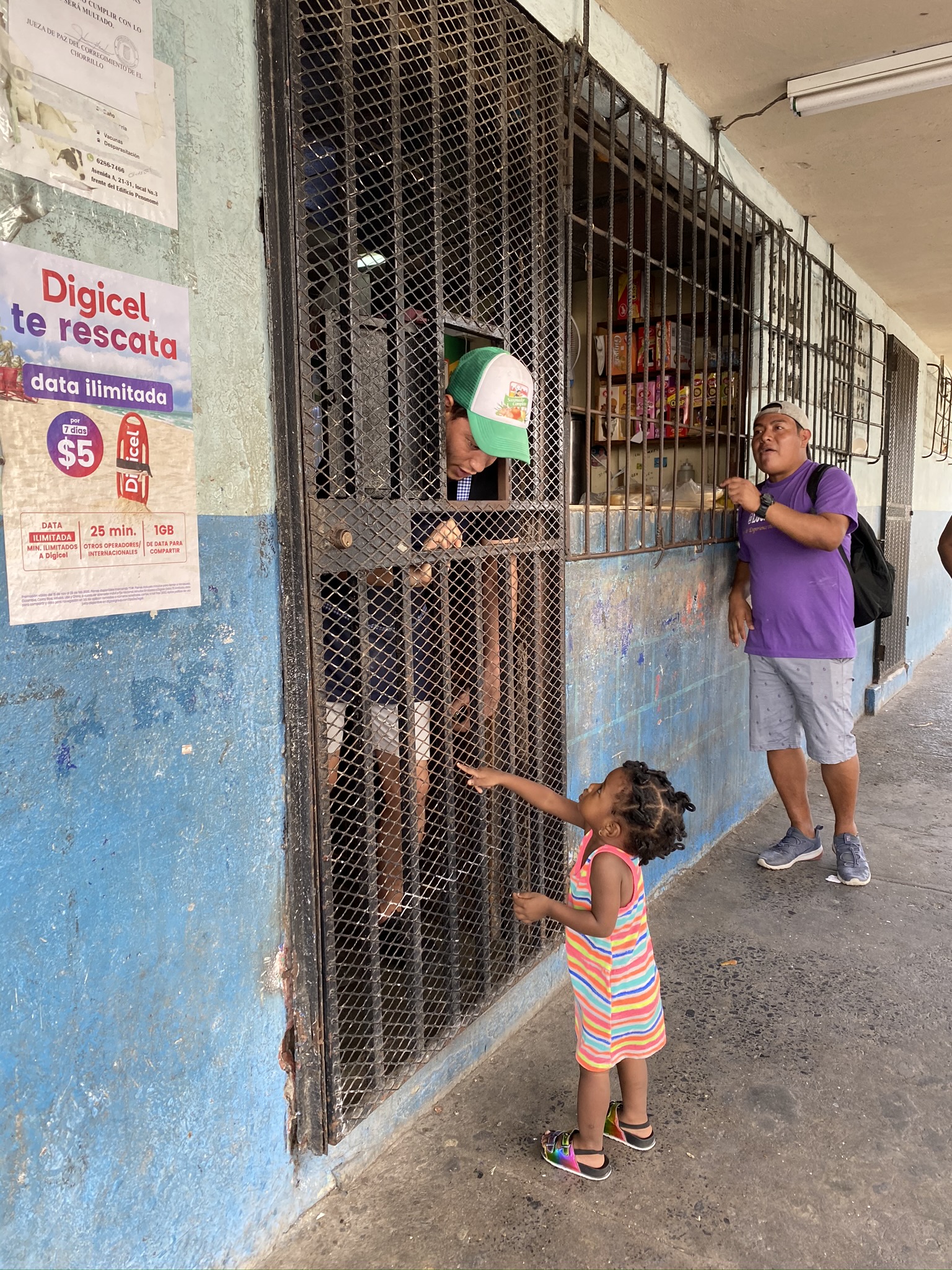








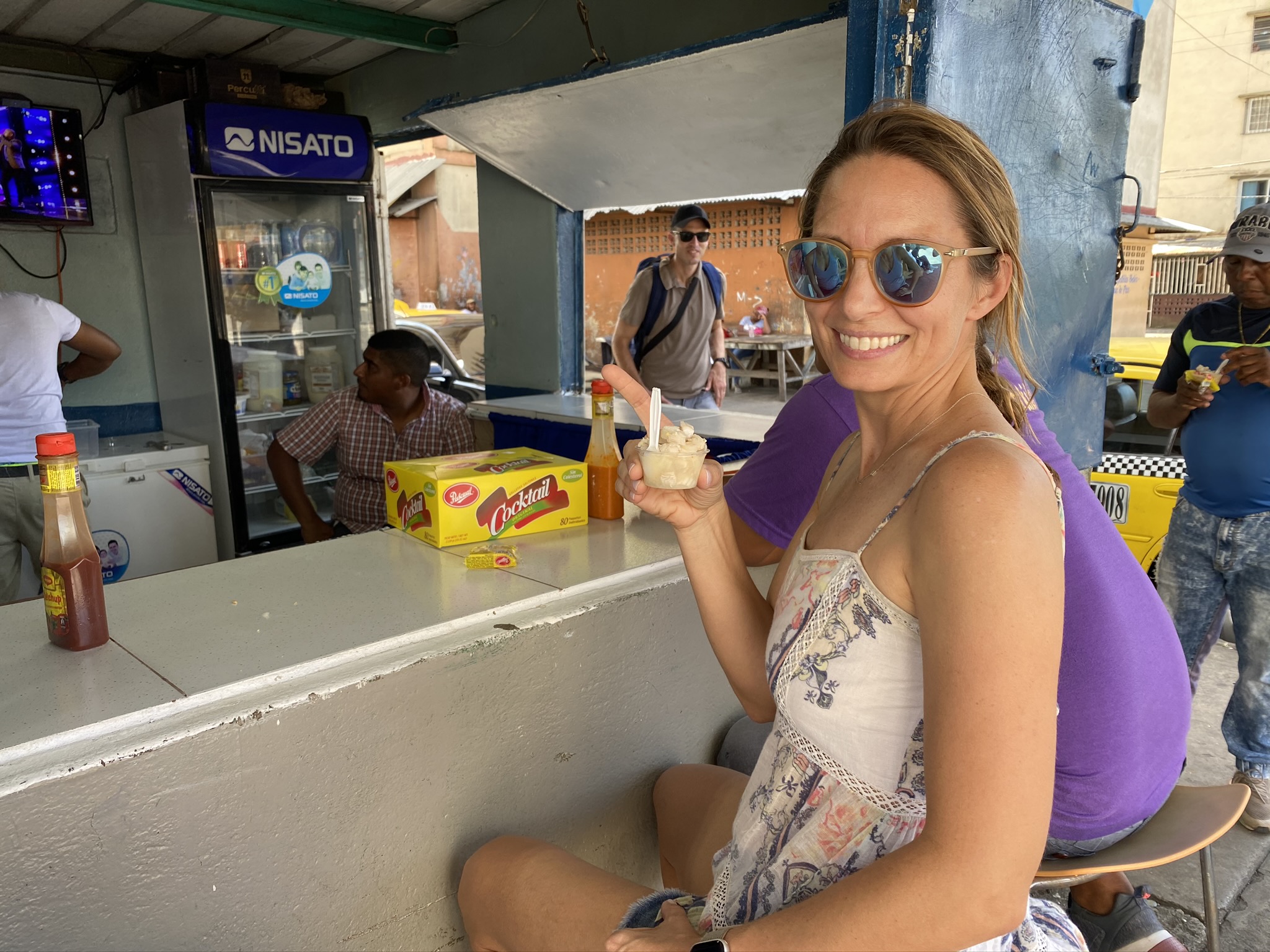

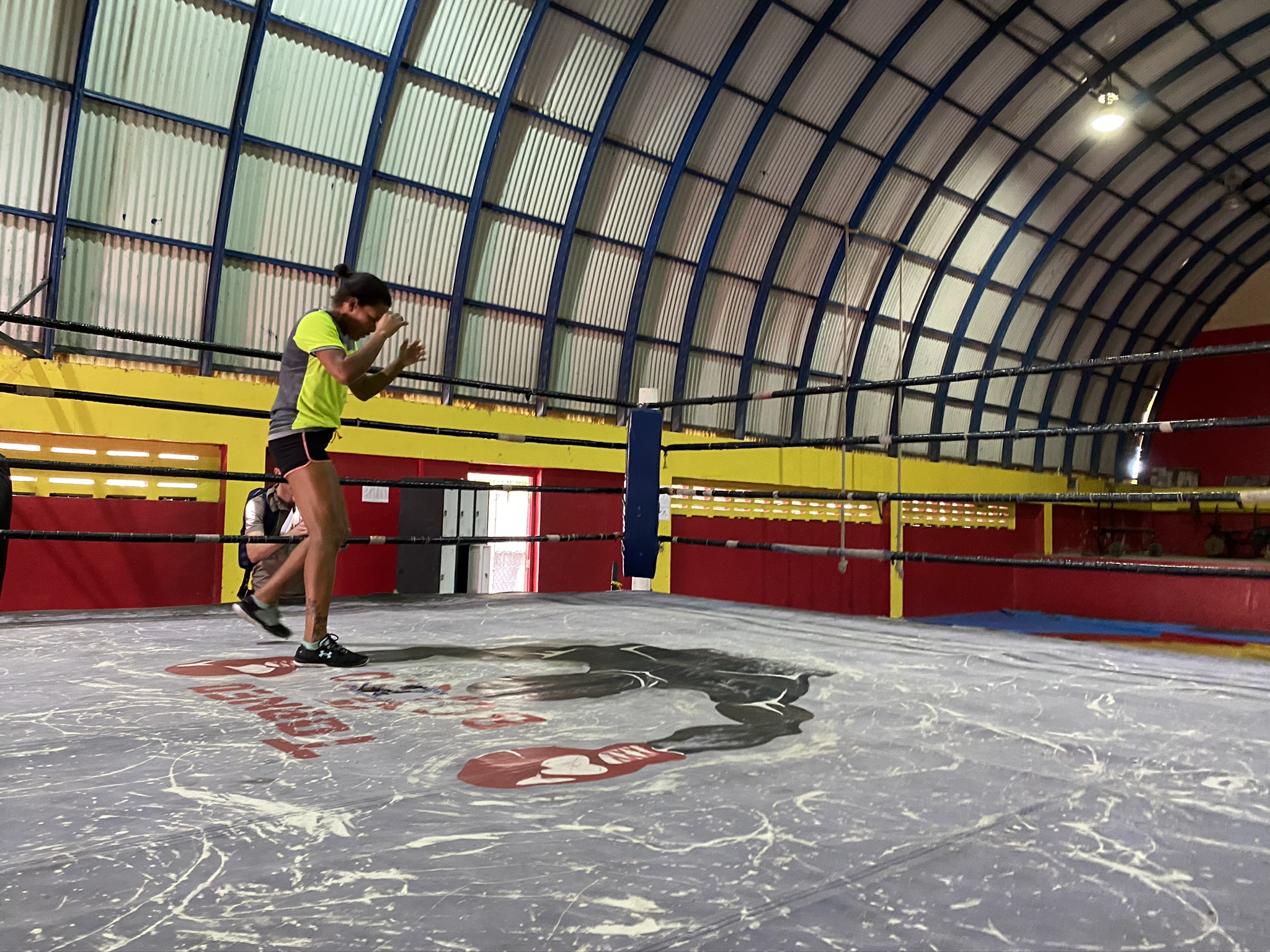





I am proud that you had a good time and good experience in this little piece of land called Panama, my home.